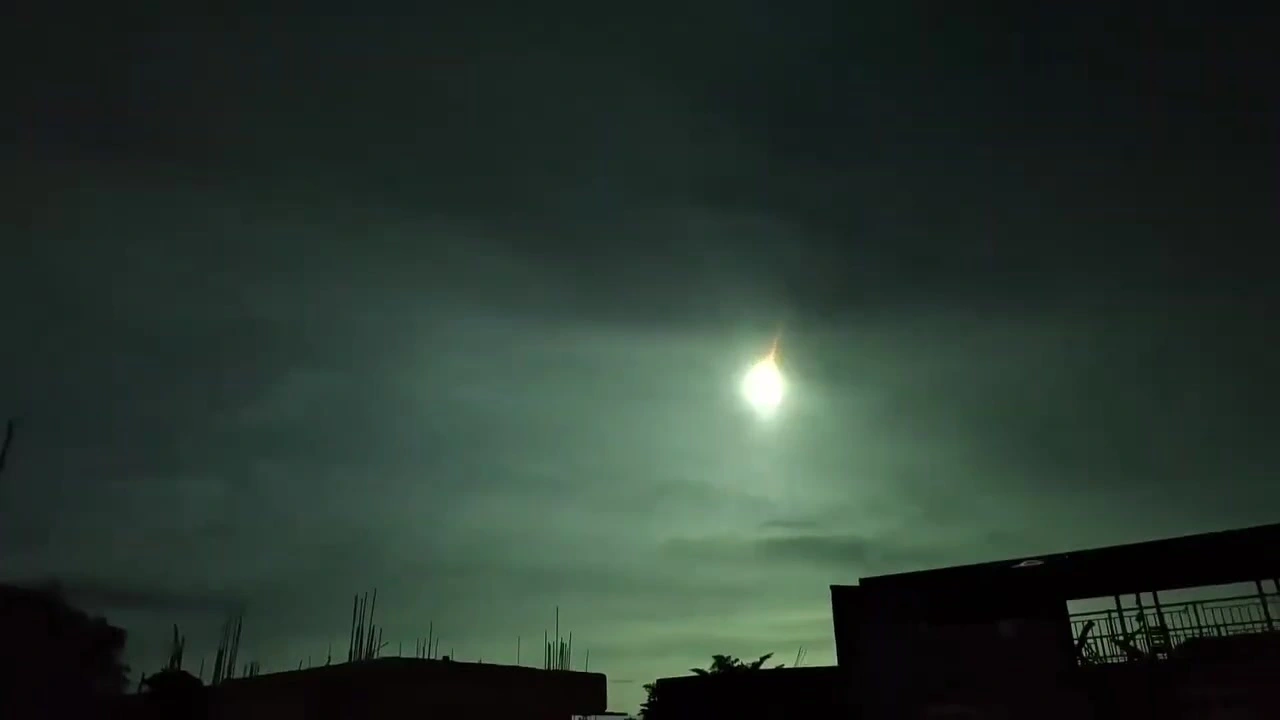| Summary |
|
A small asteroid streaked across Philippine skies Wednesday afternoon, creating a brilliant fireball that amazed onlookers before burning up in Earth’s atmosphere over Luzon Island.
The space rock, designated 2024 RW1, measured roughly one meter across and struck the atmosphere at 17:08 UTC (1:08 a.m. local time Thursday). Scientists had tracked the asteroid’s approach for hours after its discovery earlier that morning.
Research technologist Jacqueline Fazekas spotted the incoming asteroid using the NASA-funded Catalina Sky Survey telescope near Tucson, Arizona. The discovery came just hours before impact, giving astronomers time to predict its path and warn the public.
The European Space Agency posted on social media platform X shortly before the strike, telling residents they might witness “a spectacular fireball” but that the object posed no danger.
Video footage captured the asteroid’s final moments as it blazed through the atmosphere at tremendous speed. The space rock traveled at 17.6 kilometers per second (roughly 63,360 kilometers per hour), disintegrating completely.
The timing allowed the asteroid to be visible during evening hours across parts of the Philippines. Witnesses reported seeing a bright streak of light followed by a glowing trail that lasted several seconds.
Such small asteroids regularly enter Earth’s atmosphere, with most burning up completely before reaching the ground. NASA estimates that objects of this size hit our planet’s atmosphere about once every two weeks, though many occur over remote areas or during daylight hours when they’re harder to spot.
The successful detection and tracking of 2024 RW1 represents another win for planetary defense systems. These networks of telescopes constantly scan the skies for potentially dangerous asteroids, though objects this small pose no real threat.
Much larger near-Earth objects continue to pass by our planet regularly. Recent close approaches included asteroids 2024 PQ5, 2011 MW1, and 2020 RL, all significantly bigger than Wednesday’s visitor but still maintaining safe distances from Earth.
The Philippines event marks the latest in a series of small asteroid impacts that have been successfully predicted in advance, showing how astronomical surveillance systems have improved in recent years.

